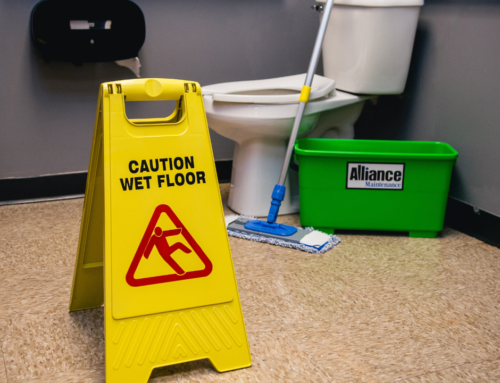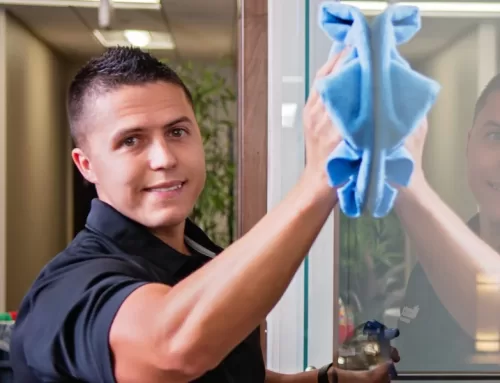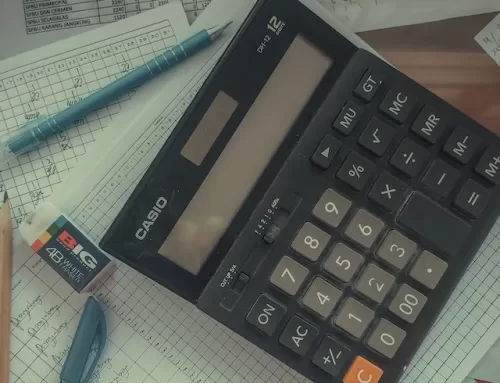The Future Is Now…Maybe
Many of us grew up watching sci-fi movies and TV shows where robots zoomed around cleaning up after us. In some ways, that future is here! Floor care robots are a reality and are improving the lives of many people. Where reality starts to differ from science fiction, however, is that not every home and business currently has them. What’s all the hype about robotic floor cleaners? Are they a viable option?
(Or as Queen so eloquently put it: “Is this the real life? Is this just fantasy?”)
The short answer
For better or worse, robotic cleaners don’t completely replace human labor, but they may be worth the cost if you are cleaning on a large-enough scale.
But let’s lay some groundwork before we talk about if they’ll work for your situation.
Some Things to Know About Robotic Floor Cleaners
If you haven’t read much about autonomous floor care machines, here are some helpful things to know:
- Autonomous floor care machines (robotic floor cleaners) are battery-powered machines that vacuum or scrub floors without real-time human guidance. However, they still require input, interaction, and assistance from humans. In this way, they free up human labor for more complex, higher-value tasks rather than replacing it altogether.
Rosie the Robot from the Jetsons made us all hopeful for the day that robots would do all the cleaning for us, but that future may not quite be here yet.
- Cleaning robots have sensors to prevent collision with stationary or even unexpected objects (including people).
- Some machines have the capability to switch between human-operated and fully autonomous.
- Most robots use BrainOS, a cloud-based technology from Brain Corporation Autonomy Service that gives machines the programming it needs to run autonomously. BrainOS requires a monthly subscription (as opposed to a one-time purchase), but this should mean that your robot gets “smarter” all the time as it updates.
- Industrial cleaning robots don’t “bounce around” like many household robotic vacuums until they eventually cover an area. They follow a programmed or AI-determined path and make adjustments as they encounter obstacles. Some require that you walk it through the whole route (or just the perimeter) to program it, while others can “read” the schematics of a facility and figure it out from there. This also means that they need to stay in the buildings that they clean, rather than move from job site to job site.
Common Questions About Robotic Floor Cleaners
How much do robotic floor cleaners cost?
Costs vary widely from machine to machine (and most manufacturers don’t post prices on their website), but we found the purchase price of a few floor scrubbers to be around $50,000. However, until you know for sure that robotic cleaners are going to be saving you a lot of money, it probably makes more sense to lease them on a monthly basis. Those leases generally range from $500-$1000.
Do robots clean as well as people?
In our experience, yes. Granted, we’ve only tested industrial vacuuming robots, but the ones we’ve used tend to pick up debris from carpet really well and never “forget” to vacuum any areas. It’s logical the same would apply to robotic floor scrubbers too.
On the other hand, they don’t handle complexity as well as people, and they can’t move anything around to clean beneath or behind it.
Are cleaning robots safe?
Generally, yes. As mentioned before, robots have sensors to prevent collisions with objects and people. We even tried jumping out and surprising our robotic vacuum, but that never resulted in a collision (thankfully). These sensors also help keep the machines from damaging themselves.
Do cleaning robots require a lot of maintenance?
While our experience is limited, we’ve found that the manufacturer typically provides maintenance for as long as you lease with them. Consumables (like scrubbing pads) on the other hand will most likely be your expense.
Some Downsides to Robotic Floor Cleaners
Benefits to robotic cleaners are obvious—what’s not to love about a machine that does the cleaning for you? However, there are some downsides to autonomous cleaners. None of them are obvious deal-breakers, but they need to be considered.
- Robots need to be programmed, and this can be time-consuming to do it correctly.
- They can get tangled in or blocked by cords and straps on the ground.
- Some require the permanent installation of QR codes on the walls to help them keep their bearings.
- Some manufacturers warn against using ladders or scaffolding near the robot, as these presumably may not be detected by the robot’s sensors and result in collision.
- Some day they may become self-aware and destroy the world as we know it (or maybe I’ve watched Terminator too many times).
- Robots can’t open doors—which is maybe also a good thing? (See above.)
- Some require a physical barrier to prevent them from falling down stairs.
- Most will not travel on ramps while in autonomous mode.
- Some floor surfaces prove difficult for the machine to detect, like highly polished ones—especially if they are dark in color.
So Are They Worth the Cost?
We mentioned that robotic cleaners may make sense cost-wise if you are cleaning on a large-enough scale. How large that scale needs to be changes with the cost of labor and machinery. Generally, the larger and simpler your floor plan, the more likely that robotics will save you money.
For example, our case study puts our break-even point at close to 350,000 square feet of vacuuming per month. But we’ll unpack that number as we explore more about robotic cleaners next week.




